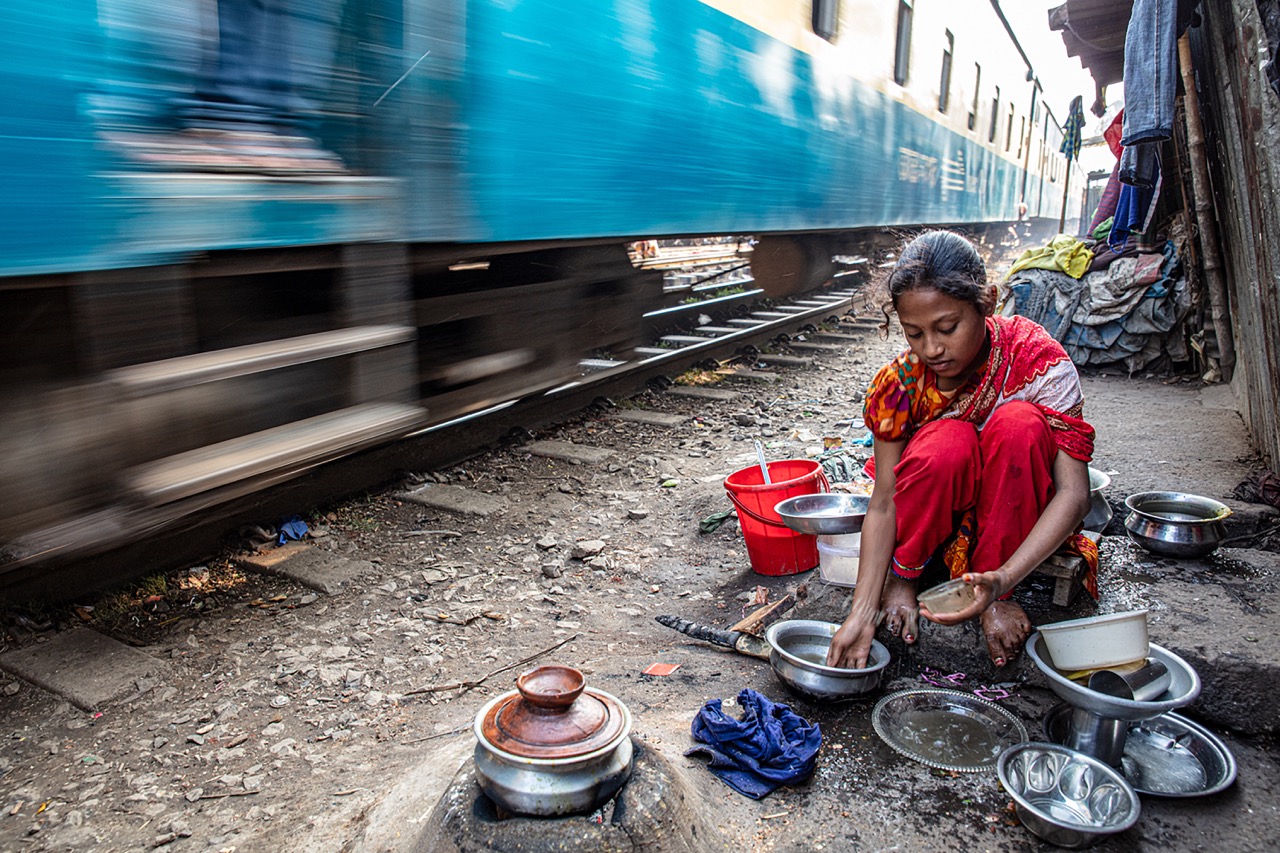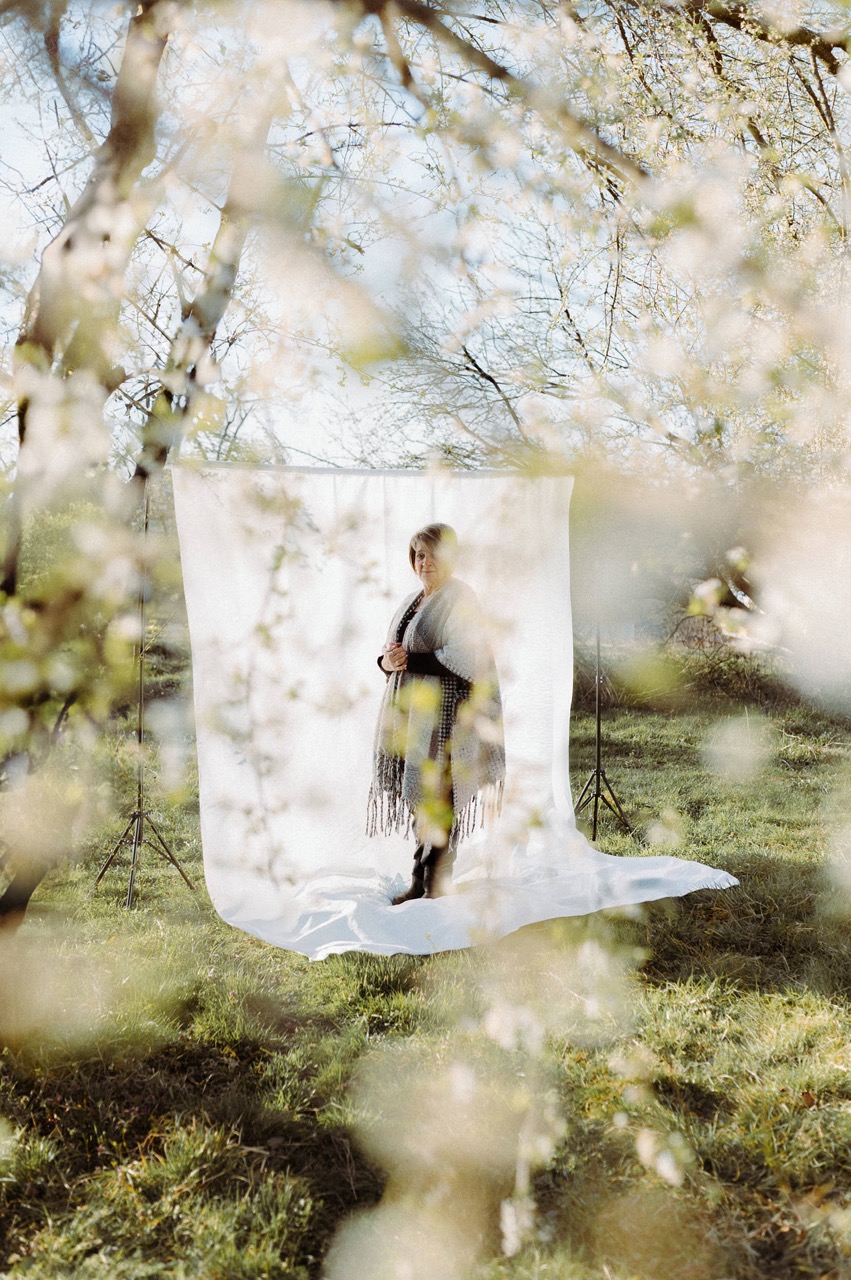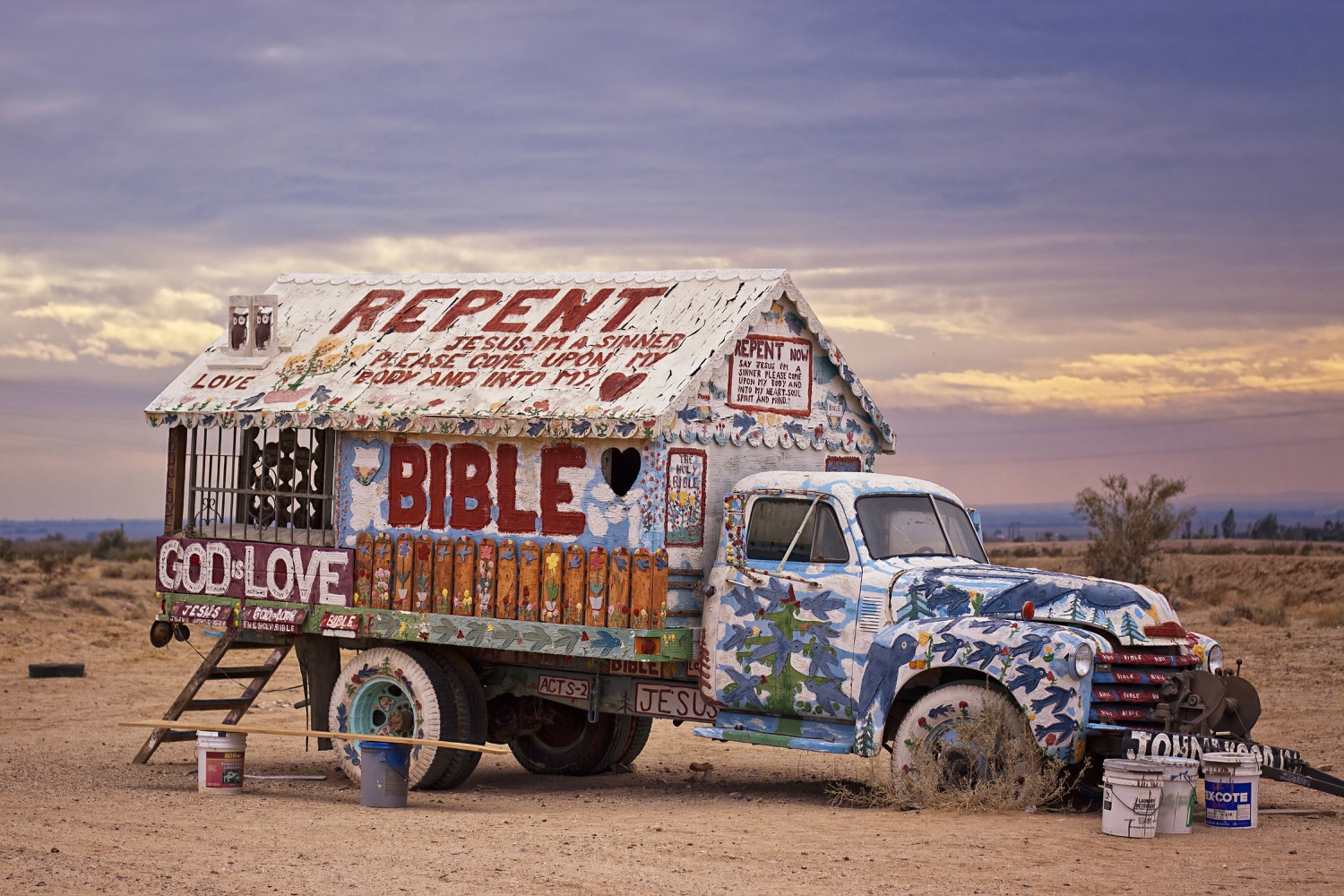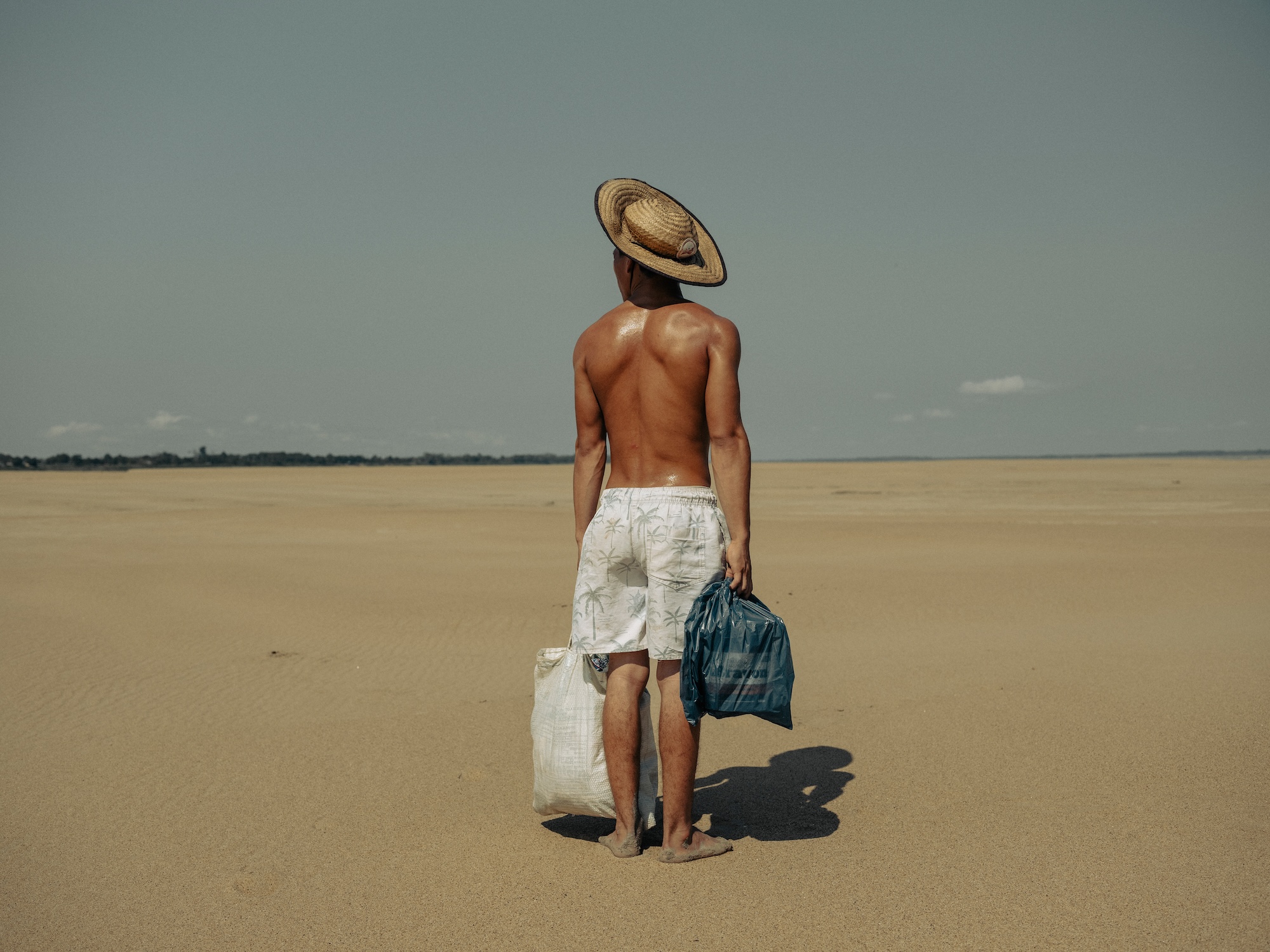
The World Press photographs help us comprehend the world
WORLD PRESS PHOTO
World Press Photo fosters global visual literacy, empowering diverse regional storytellers.
Artdoc

Every year since 1955, World Press Photo, based in Amsterdam, has organised a contest for the best photojournalistic photographs or series of images. World Press Photo not only organises contests but also supports the audience in enhancing their visual literacy. The organisation published a free online book called See the Story to explain how to read and understand visual stories, delving into the winning stories of 2025. The text aims to spark discussion about contemporary issues. We read some highlights from See the Story.
Payment Failed
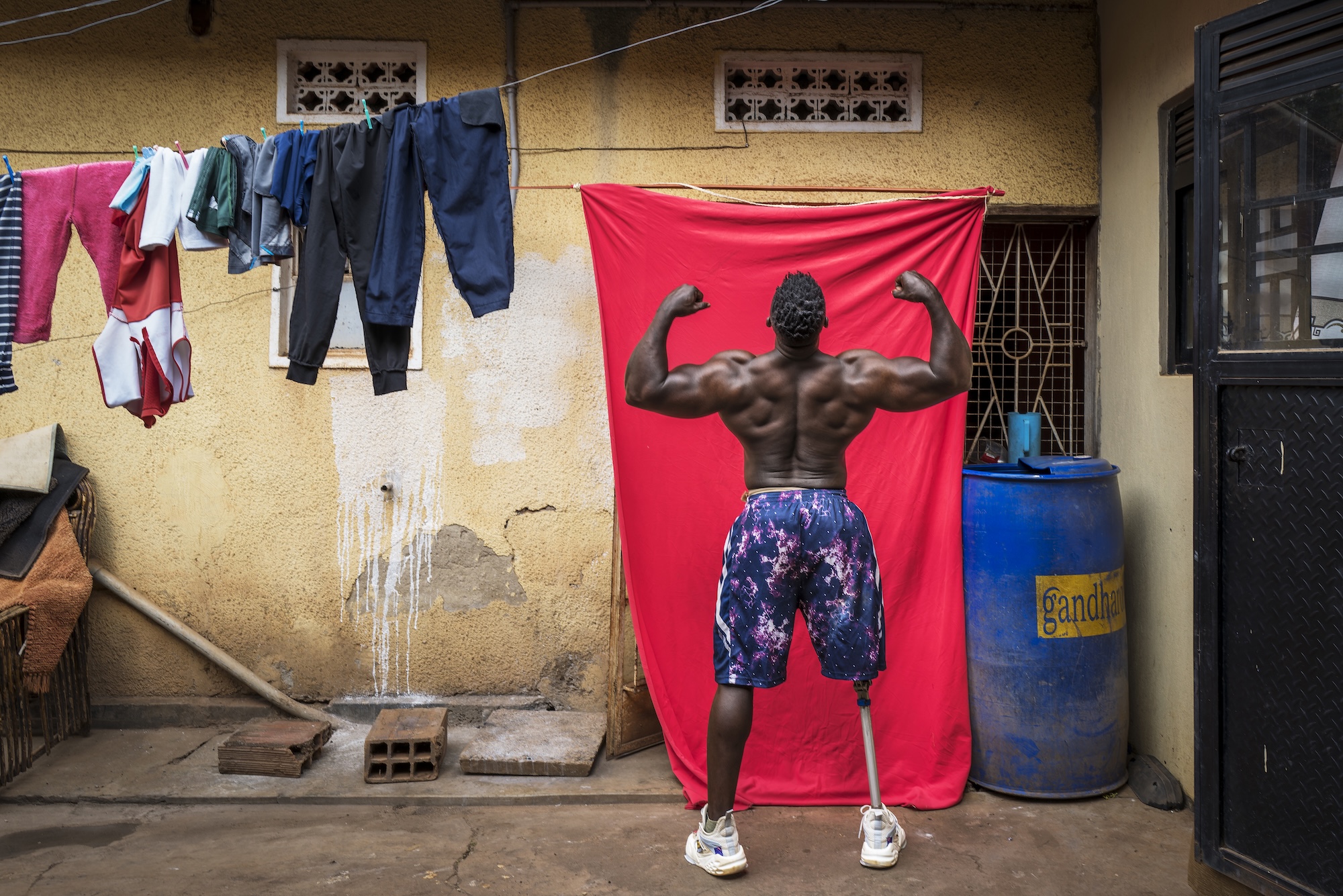
Photojournalism plays a crucial role in democratic societies. The hundreds of images we see every day help us understand what’s happening around the world and make informed decisions. Visual stories are a contemporary form of photography that encompasses both documentary and autonomous photography, a synthetic blend of the old divisions in photography.
Since 2021, World Press Photo has introduced the regional model, in which the world is divided into six different regions: Africa, Asia-Pacific and Oceania, Europe, North and Central America, South America, and West, Central, and South Asia. This regional model is important because it gives more possibilities to region photographers to showcase their work and get it exposed to the world.
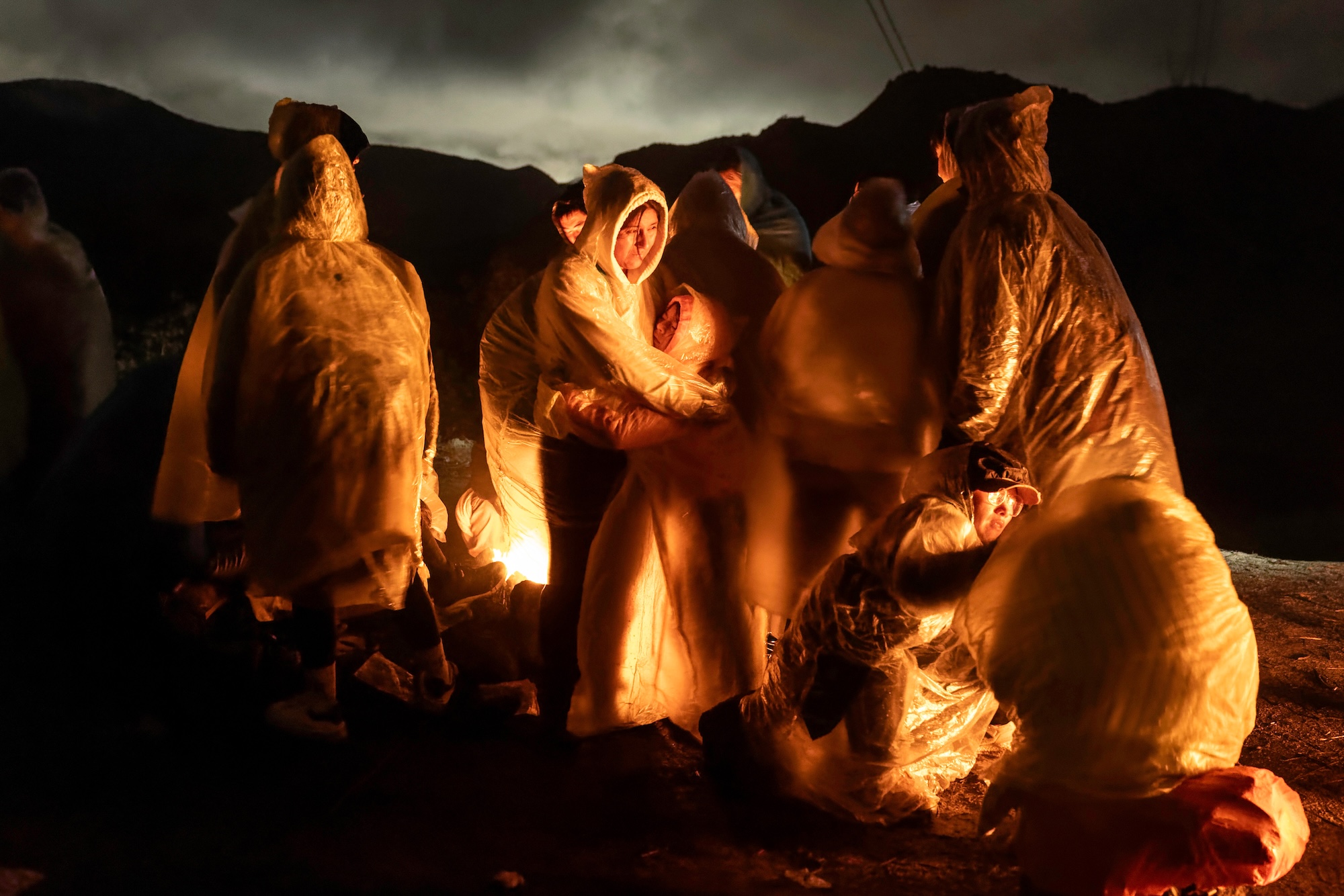
History of the World Press Photo
2025 marks the 70th anniversary of World Press Photo. The first contest took place in 1955 when members of the Dutch photojournalists’ union had the idea of transforming a national competition – the Zilveren Camera – into an international one. In that inaugural year, 42 photographers from 11 countries submitted just over 300 photographs for judging. The contest has grown significantly over the past 70 years: in 2025, 3,778 photographers from 141 countries submitted 59,320 photos.
Since 1955, World Press Photo has been building an archive of photographs, publications, posters, educational materials, and much more. World Press Photo is now embarking on new projects and activities to enhance the archive's accessibility for curators, researchers, and audiences. Over the next two years, World Press Photo will develop a new, easily searchable database to ensure that the archive can be explored and utilised effectively. The archive will be enriched by a research project aimed at revisiting the history of the World Press Photo collections, thereby adding further information and context.
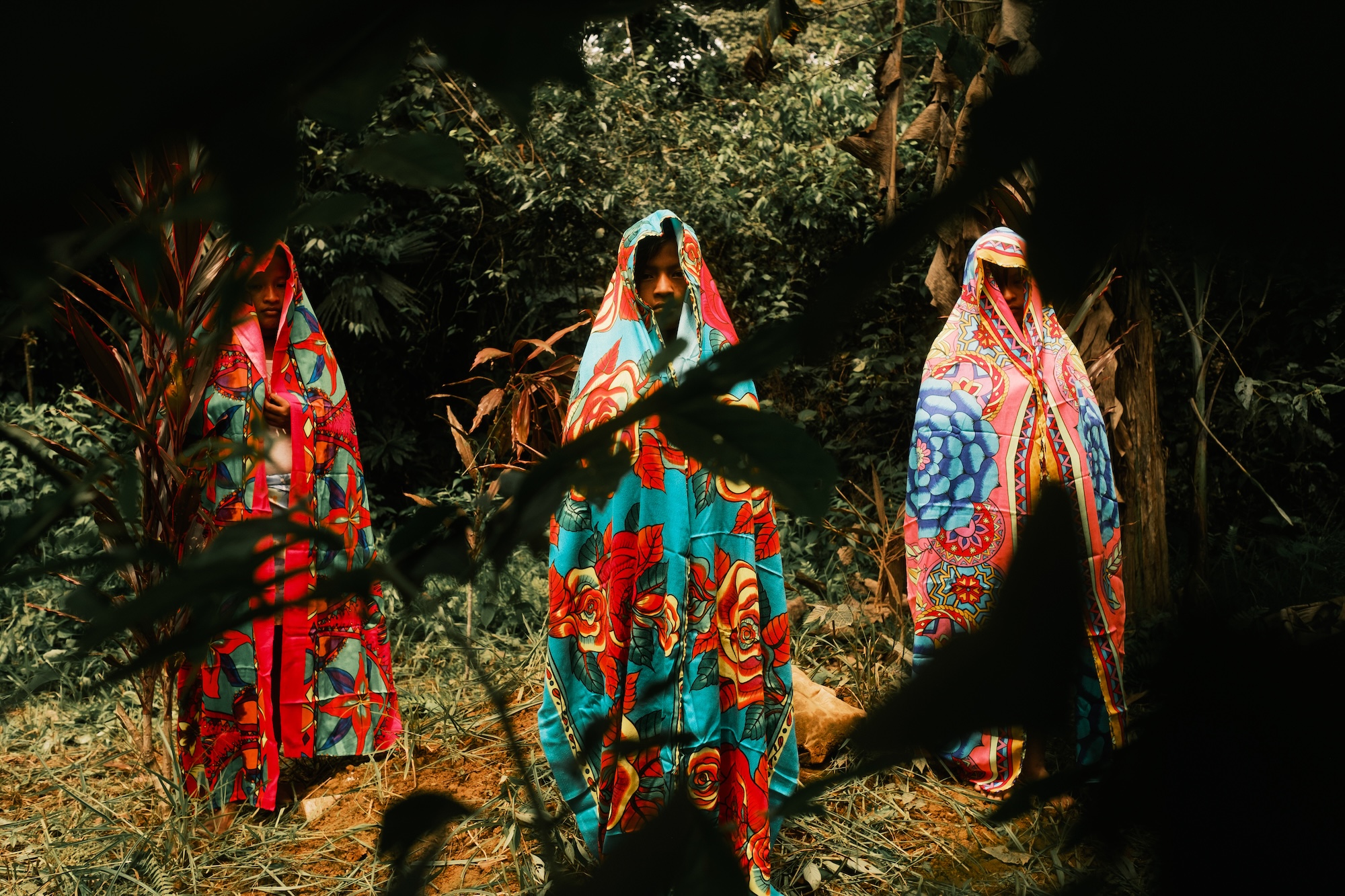
Challenging desensitisation
A compelling example of a photo story challenging desensitisation to migration is the long-term project The Two Walls by Alejandro Cegarra, which was awarded in the 2024 Contest. Migration is often portrayed in the news by depicting people on the run as a group, rather than highlighting individuals with their own unique stories. Drawing from his experience of migrating from Venezuela to Mexico in 2017, photographer Alejandro Cegarra has spent more than six years documenting migrants attempting to reach the United States through Mexico. He engages with them and captures intimate moments they experience, such as this couple that fell in love during their journey. Through his photography, Cegarra seeks to promote greater understanding, empathy, and solidarity for the migrants striving to reach the United States.
Photography Ethics
Images influence our perception of the world. By creating and sharing images, we actively shape how others interpret reality. This carries significant responsibility. Fulfilling this responsibility requires that photojournalists navigate complex ethical challenges thoughtfully, make informed decisions, and recognise how context impacts ethical considerations. Entrants to the World Press Photo Contest must adhere to ethical guidelines that ensure fair representation, dignity, and respect for the people and stories they document. This includes avoiding staged or misleading imagery, obtaining informed consent from the people photographed, protecting vulnerable individuals, maintaining independence, prioritising safety, avoiding stereotypes, and ensuring accuracy and transparency in captions and storytelling.
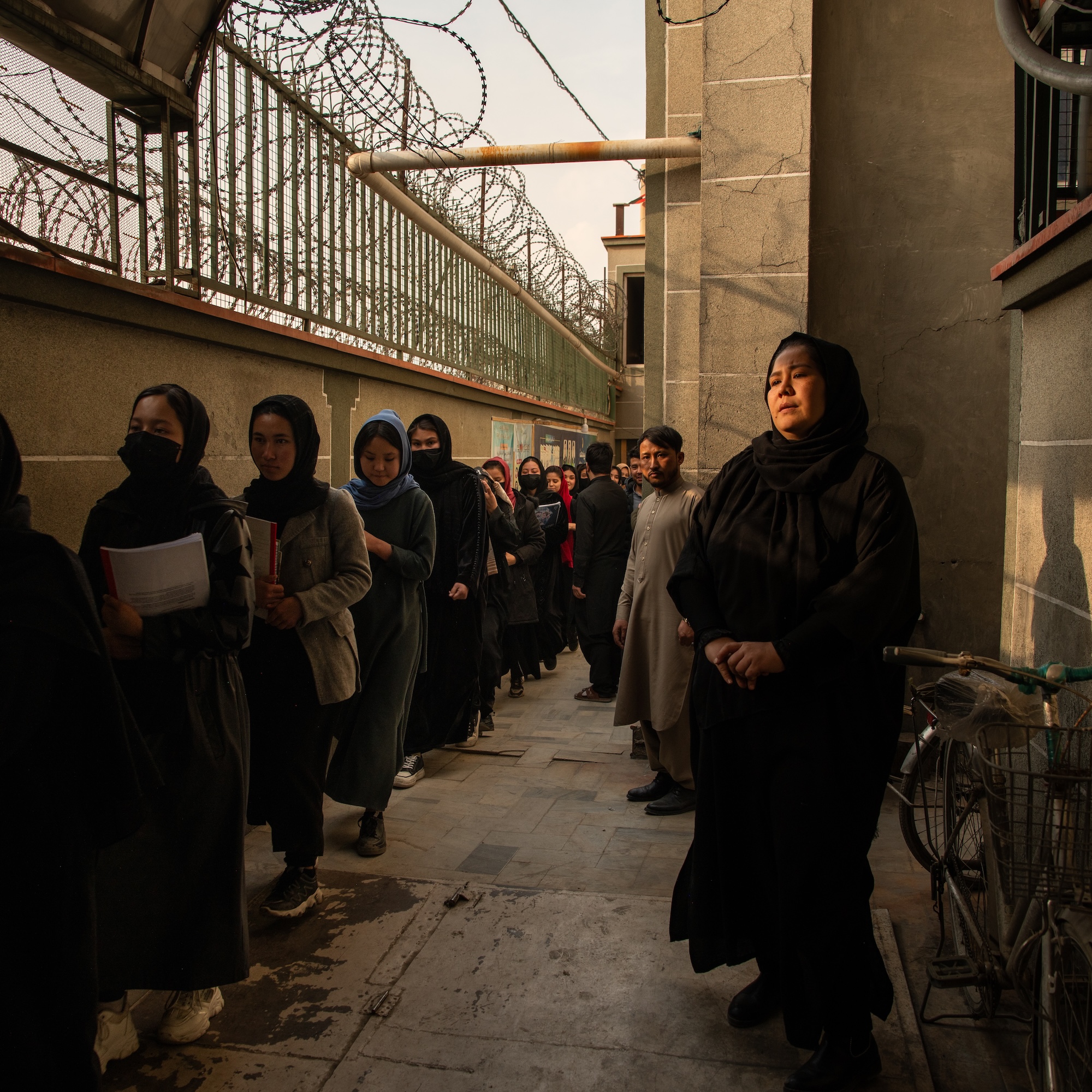
Visual Tropes
Visual tropes are symbols frequently employed in photography to express human conditions and narratives. They embody a strong significance independent of context, space, and time frame; for this reason, they have also become conventional representations and stereotypes of specific human conditions.
Some visual tropes found in the media and in the World Press archive include, for example, photographs of weeping women (reinforcing the stereotype that women are overly emotional); men depicted as figures of action and authority (perpetuating notions of male dominance); and an overwhelming focus on suffering in the African continent.
Contest 2025
Conflicts do not only take place on frontlines and in war zones. Due to their complexity, documenting conflict can adopt different perspectives and focus on various moments and experiences. Photographers may choose to document the victims, the perpetrators, or those caught in between in their daily lives. Some may even forgo photographing people altogether, instead focusing on objects or landscapes. While some photographers cover war as it unfolds, others document its aftermath and long-term effects on people. These photographs awarded in the 2025 World Press Photo Contest showcase different approaches and visual strategies for portraying conflict and its aftermath. For 2025, the 42 winners were chosen by an independent jury from 59,320 entries. 3,778 photographers from 141 countries.
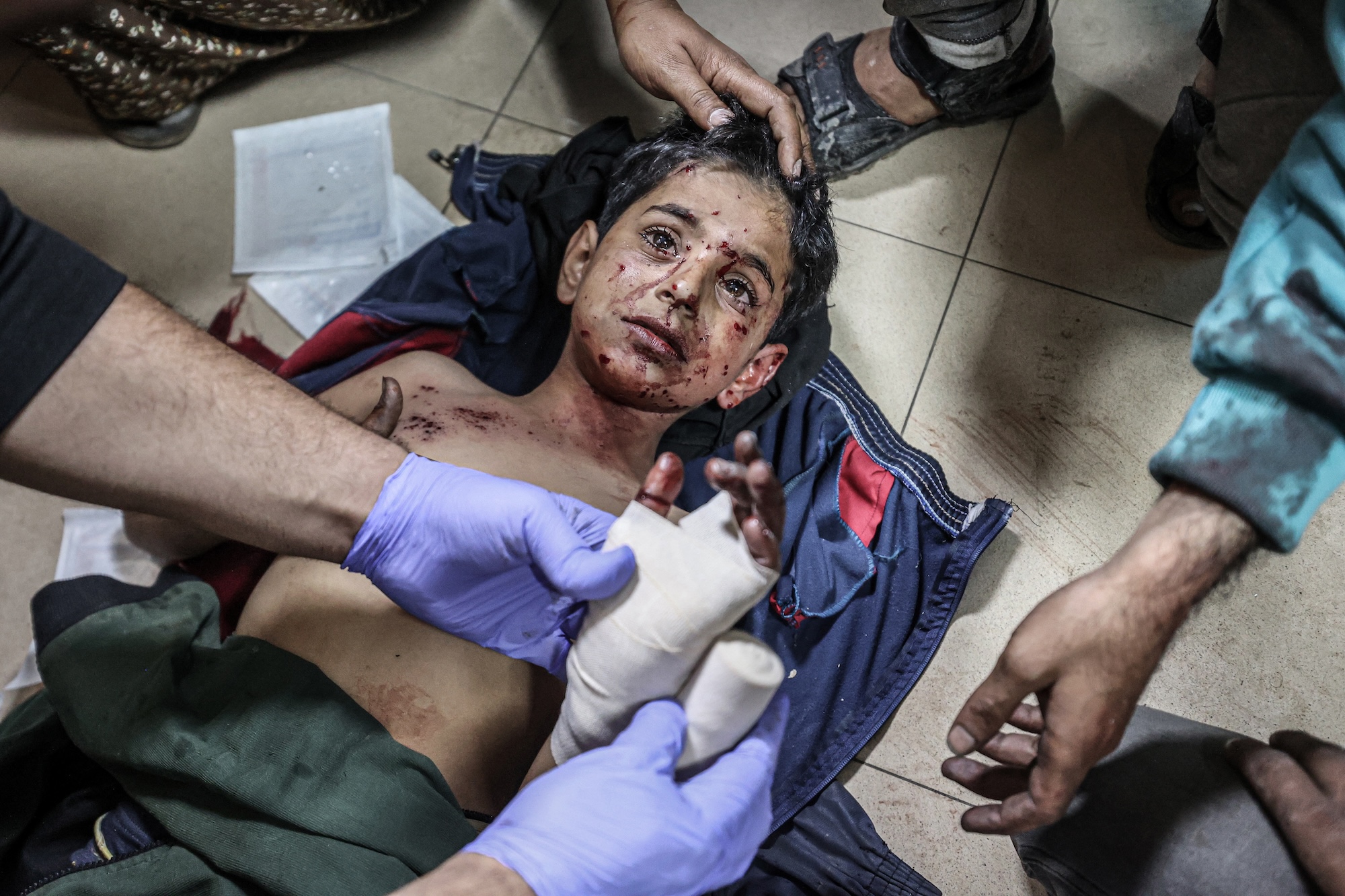
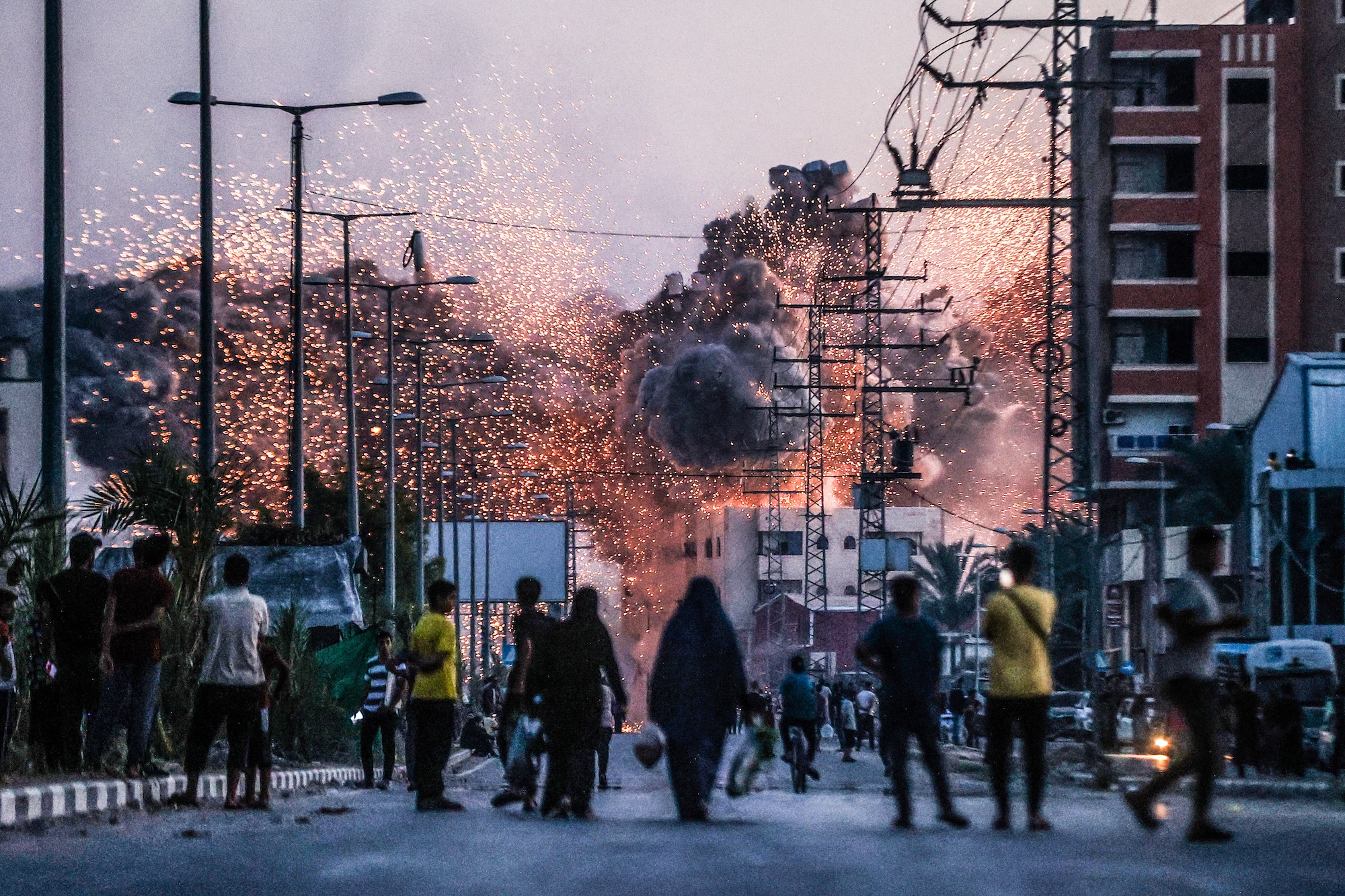
Photo of the year
The World Press Photo of the Year is a portrait of Mahmoud Ajjour, aged nine, taken by Samar Abu Elouf of Palestine for The New York Times. Mahmoud Ajjour (9) was severely injured while fleeing an Israeli attack in Gaza City in March 2024. After he turned back to urge his family to move forward, an explosion severed one of his arms and mutilated the other. The war in Gaza has disproportionately affected children. The UN estimates that by December 2024, Gaza had the highest number of child amputees per capita anywhere in the world. The photographer, who is from Gaza and was evacuated herself in December 2023, resides in the same Doha apartment complex as Mahmoud. She has formed bonds with families there and has documented some of the few severely wounded Gazans who made it out for treatment.
The jury commented that, “this photograph speaks to the long-term costs of war, the silences that perpetuate violence, and the role of journalism in exposing these realities. Without shying away from the corporeal impacts of war, the photo approaches conflict and statelessness from a human angle, shedding light on the physical and psychological traumas civilians have been forced to, and will continue to endure through industrial-scale killing and warfare.”
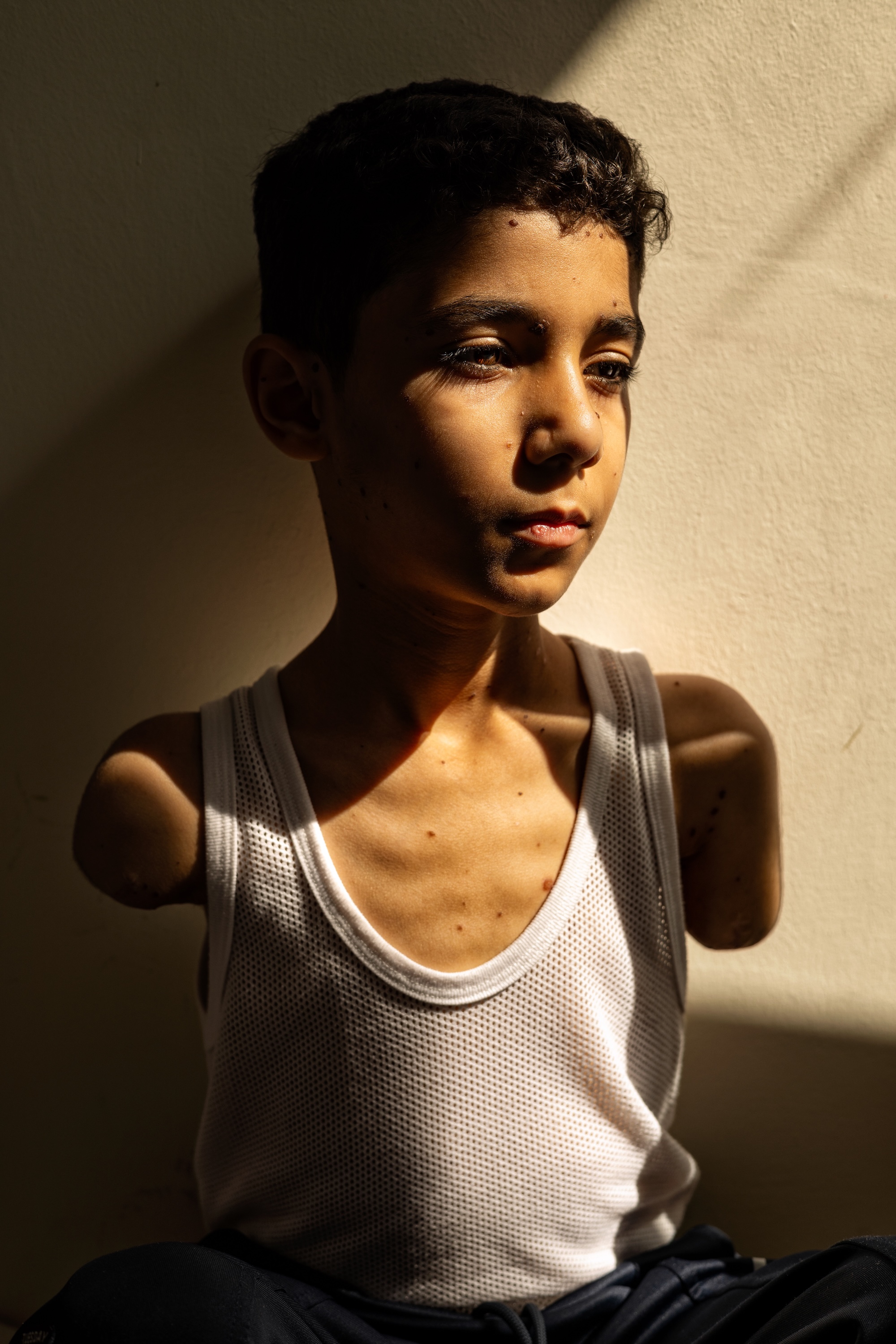
Press Freedom is important
In many countries around the globe, there is no freedom of the press. In numerous cases, photojournalists are not allowed to travel to cover events, or if they are present, they do not or cannot accurately report what is happening. If they do, they can face lengthy prison sentences, violence and intimidation. Moreover, there has been an increase in governments failing to protect photojournalists, which has resulted in a decline in support for media autonomy but also a significant increase in the photojournalists’ death toll. Despite this risk and life-threatening conditions, journalists continue to dedicate their lives to capturing news photographs. They persist because they believe it is vital to show the outside world what is truly occurring.
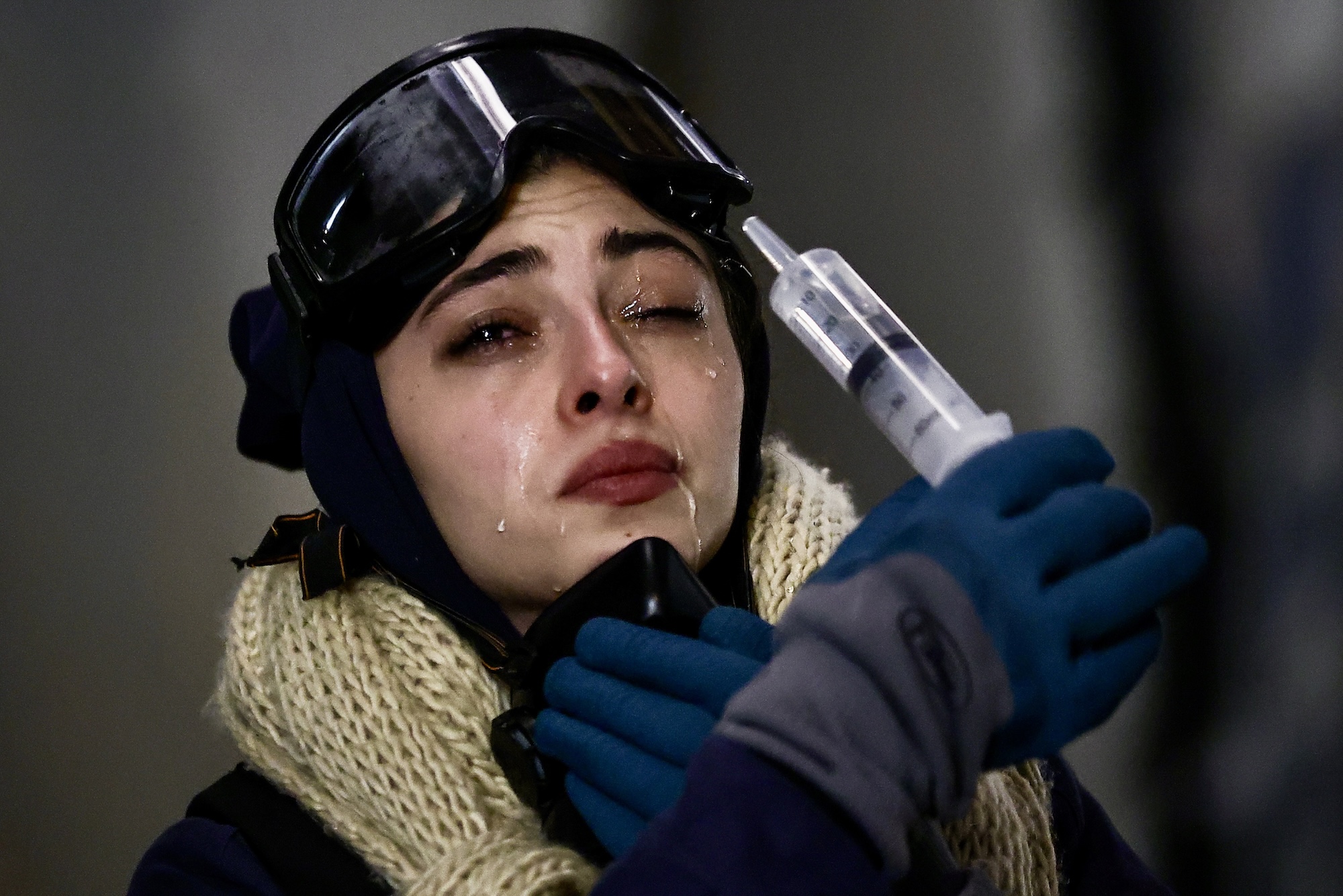
For more reading, go to https://www.worldpressphoto.org/education/see-the-story
.svg)
.svg)
.svg)

